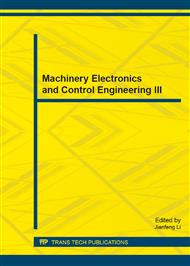p.291
p.295
p.300
p.304
p.312
p.318
p.324
p.328
p.335
Fault Prediction Based on Dissolved Gas Concentration from Insulating Oil in Power Transformer Using Neural Network
Abstract:
Reliable and continued performance of power transformer is the key to profitable generation and transmission of electric power. Failure of a large power transformer not only results in the loss of expensive equipment, but it can cause significant guarantied damage as well. Replacement of that transformer can take up to a year if the failure is not disastrous and can result in tremendous revenue losses and fines. A power transformer in operation is subjected to various stresses like thermal stress and electrical stress, resulting in liberation of gases from the hydrocarbon mineral oil. Dissolved gas analysis is a technique used to assess incipient faults of the transformer by analyzing specific dissolved gas concentrations arising from the deterioration of the transformer. DGA is used not only as a diagnostic tool but also to track apparatus failure. In this research work the dissolved gas values measured for a 230kV / 110kV power transformer which are obtained from electricity board are used as references to the developed neural network. The neural network is trained and the transformer faults are predicted. The trained neural network shows the good performance for the prediction of fault in a 230kV/110kV power transformer.
Info:
Periodical:
Pages:
312-317
Citation:
Online since:
December 2013
Authors:
Price:
Сopyright:
© 2014 Trans Tech Publications Ltd. All Rights Reserved
Share:
Citation:


